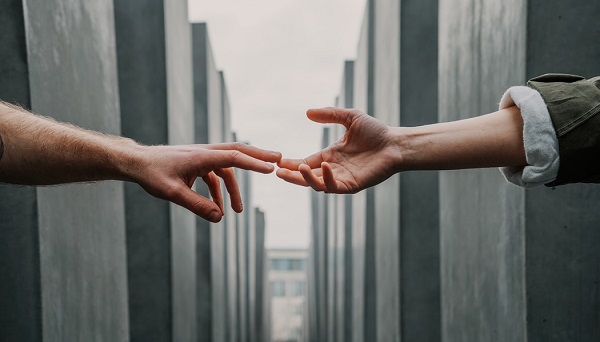

Professors and Research
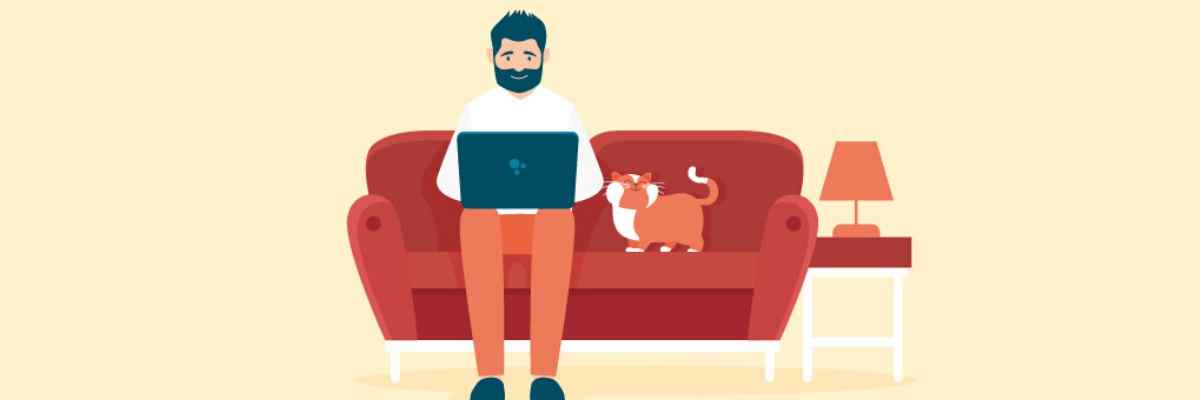
We’re entering our third week of quarantine; it’s an unprecedented situation, and the limits on “face time” have also limited our social contacts. We used to think of online interactions as a less valuable substitute for real-world contact; but today, our online lives are growing exponentially, as online interaction stands in for in-person contact. But still…why is it so difficult to be quarantined? And–from the sociology point of view–why do we find this level of isolation so hard? How can we live with what Schopenhauer termed, “the hedgehog’s dilemma”?
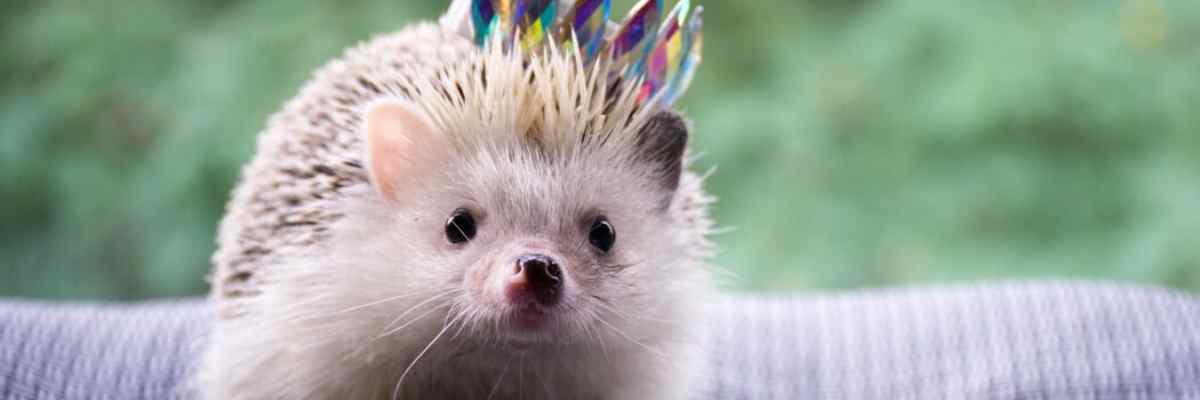
« One cold winter’s day, a number of porcupines huddled together quite closely in order through their mutual warmth to prevent themselves from being frozen. But they soon felt the effect of their quills on one another, which made them again move apart. Now when the need for warmth once more brought them together, the drawback of the quills was repeated so that they were tossed between two evils, until they had discovered the proper distance from which they could best tolerate one another. Thus the need for society which springs from the emptiness and monotony of men’s lives, drives them together; but their many unpleasant and repulsive qualities and insufferable drawbacks once more drive them apart. The mean distance which they finally discover, and which enables them to endure being together, is politeness and good manners. Whoever does not keep to this, is told in England to ‘keep his distance.’ By virtue thereof, it is true that the need for mutual warmth will be only imperfectly satisfied, but on the other hand, the pick of the quills will not be felt. Yet whoever has a great deal of internal warmth of his own will prefer to keep away from society in order to avoid giving or receiving trouble or annoyance. » –Arthur Schopenhauer, The Hedgehog’s Dilemma, 1905
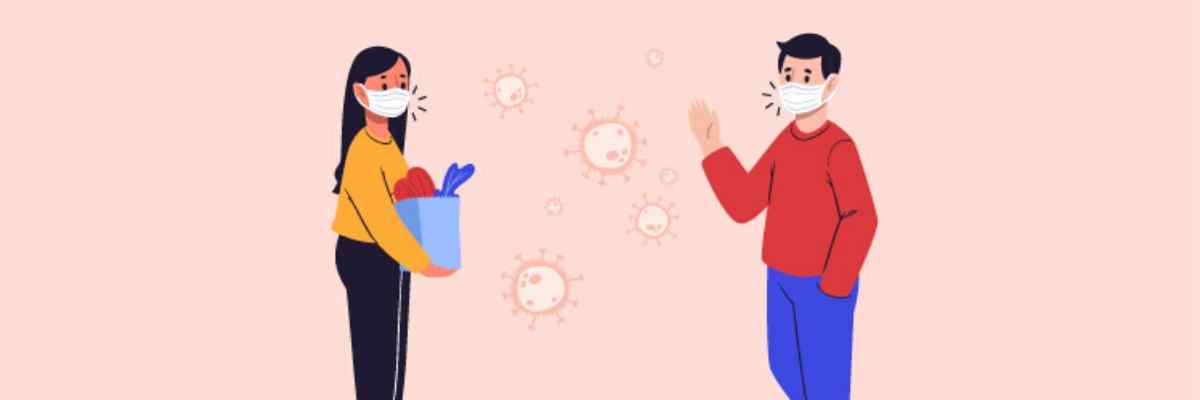
Covid-19 has given us a whole new vocabulary: at this point, we’ve undoubtedly all learned the term, “social distancing.” Social distancing is a medical term used in isolation and quarantine situations, and shouldn’t be confused with “the hidden dimension,” a term coined by American anthropologist Edward T. Hall in his 1966 work by the same name. Hall pioneered the concept of “proxemics,” based on ethology–the study of animals’ social regulation and personal space. Hall showed that various groups–colleagues, neighbors, friends, maintained a comfortable amount of social distance in their interactions. There are significant cultural aspects to social distancing and personal space. In Mediterranean countries, people stand much closer to each other than in Japan or northern Europe. But in every case, the amount of personal space or social distance is less than the one meter recommended during the quarantine, and much less than the two to eight meters that we really should be observing.
This explains why it’s so hard to keep at least one meter of social distance; because it’s unnatural in our societies. We’ve seen that quarantine measures were much easier to comply with in Asian countries, and less so in Italy. The COVID-19 restrictions change our rituals of interaction, as described by Erving Goffman in 1974. Goffman, a Canadian-born sociologist, explained that life is like a theater, where everyone plays a role and behaves according to the rituals of interaction that we’ve learned. Shaking hands and sharing a drink with friends are ancient rituals that are a display of trust in other people. When we raise a toast together, we show that we’re not afraid that our drinks could be poisoned. This history gives some context as to why it’s so hard to change our habits.
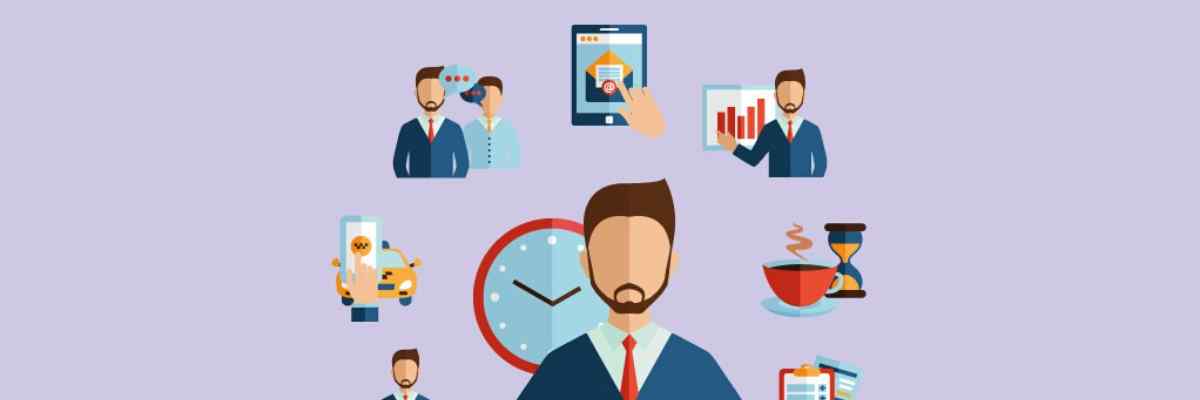
Designed by macrovector / Freepik
Social distancing and the rituals of interaction explained by Hall and Goffman speak to the spatial aspect of what we’re experiencing. But we also have to add the time dimension. Many sociologists, including Dominique Desjeux and Bernard Conein, demonstrated the importance of routines to provide structure in our daily lives–at home and at work. Routines are inextricably linked to our professional roles and to our status as corporate employees. Routines decrease our cognitive load, by allowing us to go on “autopilot” without consciously thinking about what we’re doing. Routines aren’t tools of boredom and monotony that kill any sense of creativity–far from it! Sociologists have shown that routines give us a framework for our activities, and they allow us to vary our interactions. Routines are a tool, a supportive structure, and a matrix that we can fill in.
Routines are also cultural–studies on TV-watching behaviors were the first to show the anchor role played by the TV in the home. In 1980, James Lull demonstrated the social use of the TV, which allowed people–specifically retirees and housewives–to create a schedule at home. The daily TV schedule was the primary scheduling force in their day; it highlighted various ways of using one’s time, and created the impression of having plans with friends. When we transpose those concepts to the modern digital landscape with an infinite amount of options, we see that during the quarantine, we’ve all built–piece by piece–a “new normal” routine.
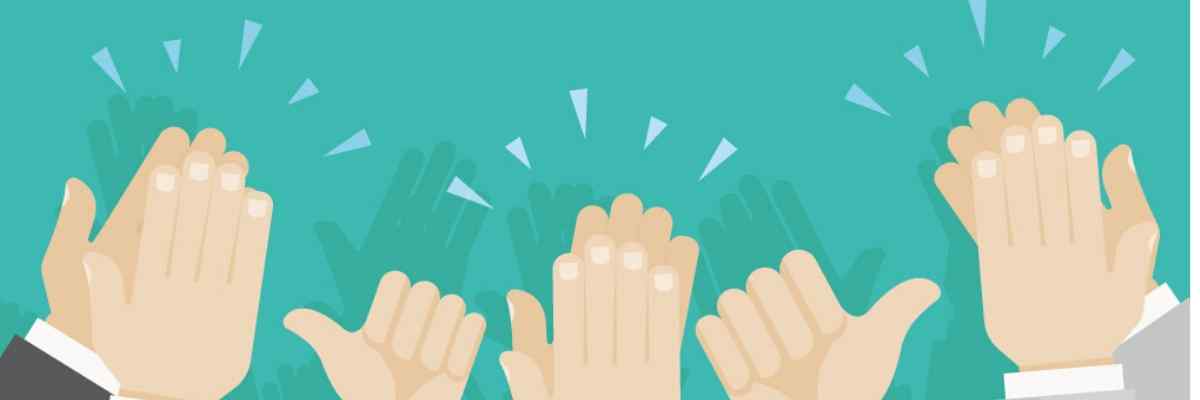
When I use the French word “bricolage,” I’m referring to the meaning invoked by Claude Lévi-Strauss, who saw the “bricoleur,” or creator, as a pragmatic artist who worked with the resources that were available, as compared to the theorist, who works with imaginary concepts. For the first time, the whole world keeps the same appointment: applauding for healthcare providers at 8:00 PM every night. But this gesture of support is also a tremendous help for all of us who eagerly await the stroke of 8:00, a bookend between day and night. Eight o’clock isn’t just a random point in time; it’s the time at which the nightly TV news has–for years and years–brought generations together to watch. We’re discovering neighbors we didn’t know we had. In many neighborhoods, someone is the self-appointed “quarantine DJ,” playing songs that speak to the spirit of the moment. “Love is love,” “Give me the freedom to dance and sing,” “I will survive”… Every night, everyone waits for the reveal, and for a moment of shared celebration. It’s not the same as going to a show, going out to dinner or a nightclub, or going to a religious gathering, but it evokes some of the same emotions and resonates in our memories.
This new ritual–the 8:00 PM salute–is particularly interesting because our post-modern society has allowed us to choose our own social contacts and groups. When travel was more difficult and less common, there were limited opportunities for socializing in villages. Today, emotional selectivity is a key component of post-modern life. Our smartphones allow us to chat with our friends and family who are far away, while we ignore the people we’re with. We used to devote more attention to these “remote” relationships. Now, we’re all helping each other–favors like helping older people with grocery shopping spring up spontaneously. The quarantine has given new meaning to our neighborhood relationships.
These sociologists remind us why the quarantine is so hard to handle; because by nature, we’re social and relationship-oriented. And how are we filling up our newfound free time? How has the quarantine affected our online behavior? To learn more, stay tuned for part II of this series of articles on the quarantine.
Published Wednesday, April 8, 2020.
Written by Catherine Lejealle, Doctorate in Sociology and researcher at ISC Paris.